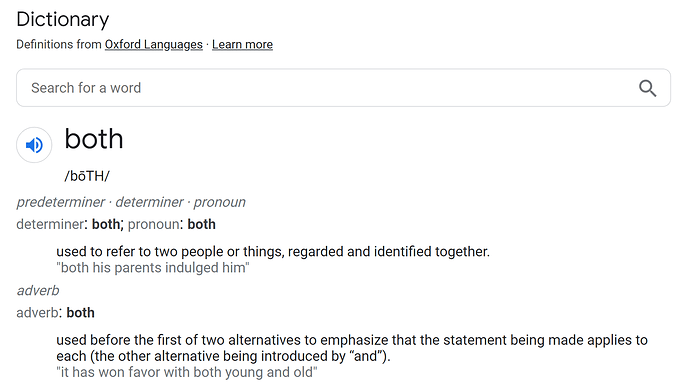Topic Summary:
I am going to analyse the following paragraph from the introduction to “Economic Policy: Thoughts for Today and Tomorrow” by Ludwig von Mises with grammar trees:
The ideal economic policy, both for today and tomorrow, is very simple. Government should protect and defend against domestic and foreign aggression the lives and property of the persons under its jurisdiction, settle disputes that arise, and leave the people otherwise free to pursue their various goals and ends in life. This is a radical idea in our interventionist age. Governments today are often asked to regulate and control production, to raise the prices of some goods and services and to lower the prices of others, to fix wages, to help some businesses get started and to keep others from failing, to encourage or hamper imports and exports, to care for the sick and the elderly, to support the profligate, and so on, and on, and on.
Goal:
I want to get better at making grammar trees so I can explain how I’m interpreting sentences better.
CF relevance:
Grammar trees can help with understanding material including confusing sentences, as explained here:
Do you want unbounded criticism? (A criticism is a reason that an idea decisively fails at a goal. Criticism can be about anything relevant to goal success, including methods, meta, context or tangents. If you think a line of discussion isn’t worth focusing attention on, that is a disagreement with the person who posted it, which can be discussed.)
Yes. I want unbounded criticism.

